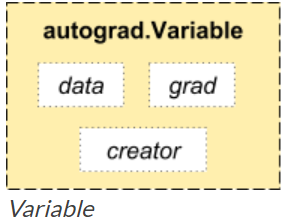python logging添加filter教程
例子一
def filter(self, record):
"""Our custom record filtering logic.
Built-in filtering logic (via logging.Filter) is too limiting.
"""
if not self.filters:
return True
matched = False
rname = record.name # shortcut
for name in self.filters:
if rname == name or rname.startswith(name+'.'):
matched = True
return matched
例子二
def _create_log_handlers(stream):
"""Create and return a default list of logging.Handler instances.
Format WARNING messages and above to display the logging level, and
messages strictly below WARNING not to display it.
Args:
stream: See the configure_logging() docstring.
"""
# Handles logging.WARNING and above.
error_handler = logging.StreamHandler(stream)
error_handler.setLevel(logging.WARNING)
formatter = logging.Formatter("%(levelname)s: %(message)s")
error_handler.setFormatter(formatter)
# Create a logging.Filter instance that only accepts messages
# below WARNING (i.e. filters out anything WARNING or above).
non_error_filter = logging.Filter()
# The filter method accepts a logging.LogRecord instance.
non_error_filter.filter = lambda record: record.levelno < logging.WARNING
non_error_handler = logging.StreamHandler(stream)
non_error_handler.addFilter(non_error_filter)
formatter = logging.Formatter("%(message)s")
non_error_handler.setFormatter(formatter)
return [error_handler, non_error_handler]
例子三
def _default_handlers(stream):
"""Return a list of the default logging handlers to use.
Args:
stream: See the configure_logging() docstring.
"""
# Create the filter.
def should_log(record):
"""Return whether a logging.LogRecord should be logged."""
# FIXME: Enable the logging of autoinstall messages once
# autoinstall is adjusted. Currently, autoinstall logs
# INFO messages when importing already-downloaded packages,
# which is too verbose.
if record.name.startswith("webkitpy.thirdparty.autoinstall"):
return False
return True
logging_filter = logging.Filter()
logging_filter.filter = should_log
# Create the handler.
handler = logging.StreamHandler(stream)
formatter = logging.Formatter("%(name)s: [%(levelname)s] %(message)s")
handler.setFormatter(formatter)
handler.addFilter(logging_filter)
return [handler]
以上这篇python logging添加filter教程就是小编分享给大家的全部内容了,希望能给大家一个参考,也希望大家多多支持【听图阁-专注于Python设计】。

